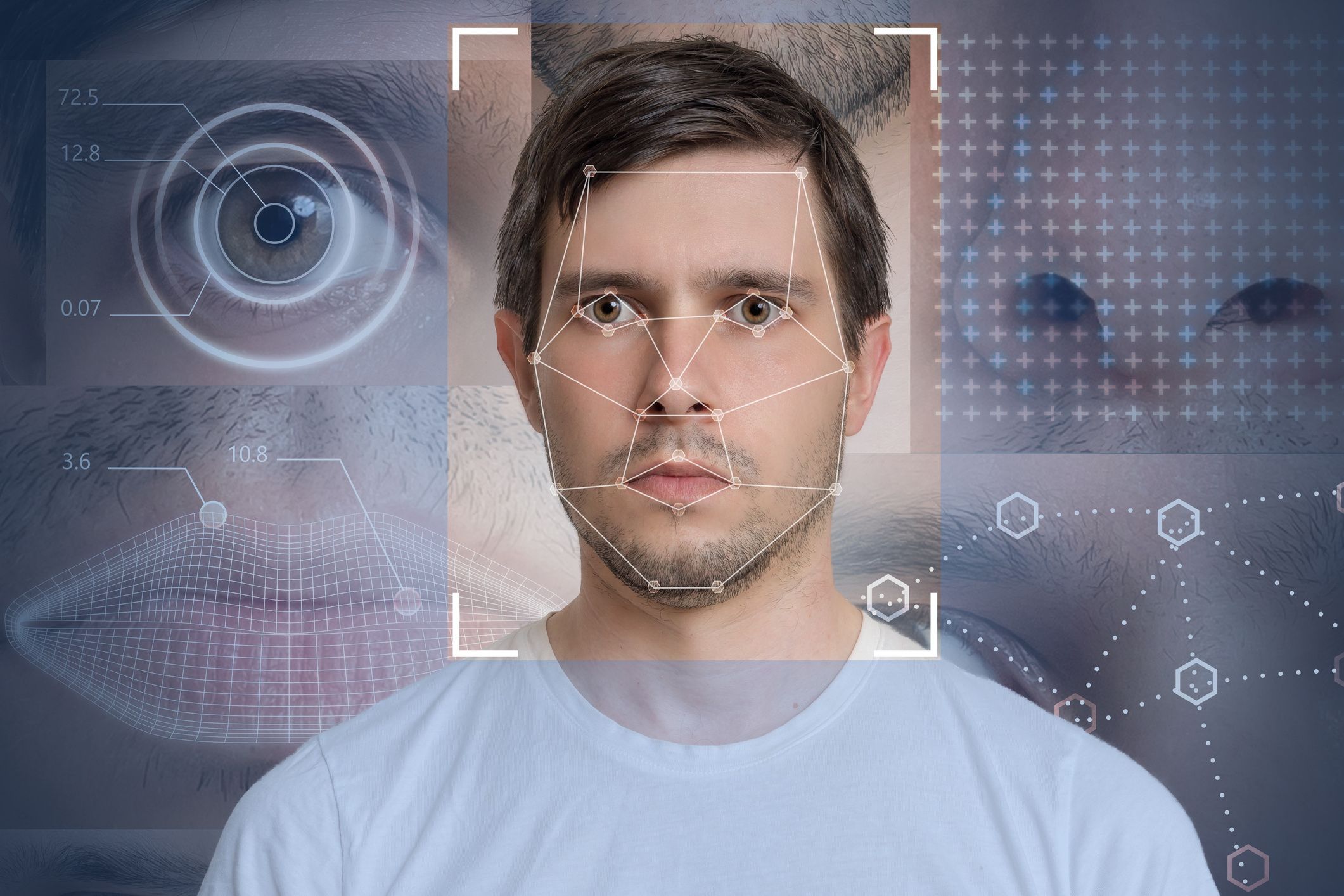Now you can make a 3D selfie with this amazing new AI web tool
What's better than the perfect selfie? A 3D selfie, of course. And now that's exactly what you can make, thanks to a new online tool developed by a pair of universities.
Created by a team of UK-based researchers at the University of Nottingham and Kingston University London, the free tool lets you upload a photo of your face - or of anyone, for that matter - and a few seconds later your 3D selfie is produced.
You can then drag the 3D selfie around to see your three-dimensional face popping out from the flat background. Researchers used deep learning and a neural network (collectively better known as artificial intelligence, or AI), which was taught to mimic how our brains process 3D objects.
Try the 3D selfie system for yourself right here. Just upload an image and wait a moment for it to work its magic.
Where creating a 3D object from a 2D image previously meant picking out each extruding feature, such as the nose, lips, chin and jawline, the researchers have been able to bypass this, such is the AI's ability to understand how a 3D face should look.
Dr Vasileios Argyriou from Kingston University says: "You could use this technology for security purposes, where a still image of a face could be quickly scanned and a 3D image created that could help identify people in crowds from different angles. It could also be used in animated films and for special effects in movies, as well as various medical applications."
"What's really impressive about this technique is how it has made the process of creating a 3D facial model so much simpler. Going from 2D to 3D has previously involved a number of stages that we've been able to bypass - we don't have to select specific features, or use morphable models.
"We give the system a certain amount of data and it then learns in a similar way to how we process seemingly unconnected information - allowing it to draw conclusions for what a flat image of a person's face would look like in three dimensions."
The system is even smart enough to make an educated guess on how unseen parts of the face should be made three-dimensional, Kingston University says.
